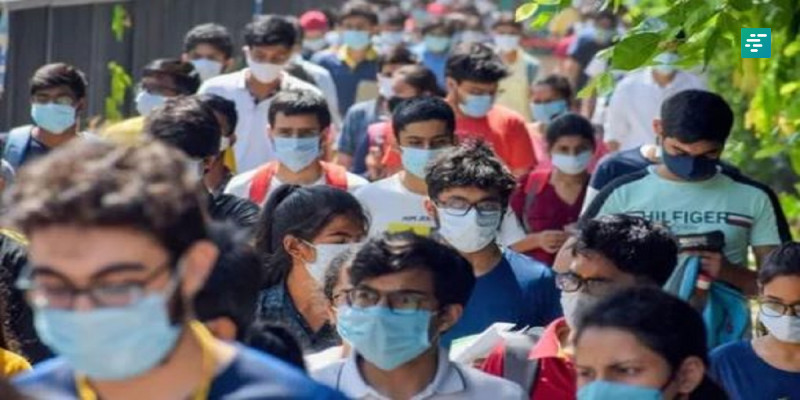
CUET-UG results out, universities to prepare merit lists soon; PG results later this month
- Campus Updates
- 16 Jul, 2023
- 619
The National Testing Agency (NTA) has announced the results of the Common University Entrance Test (CUET) for admissions into Undergraduate Programmes in Central Universities. About 22,000 students scored 100 percentile in the test, in which more than 11.16 lakh students appeared. The successful students will now have to apply to the courses of their choice through the NTA website after the universities announce their cut-off marks. More than 250 Central, State and private universities will enrol students based on the CUET results.
After the announcement of the results that the NTA will provide the results data on normalised scores to the participating 250 universities. “They can prepare the merit list of the candidates who applied to a given programme in the respective university and make admissions. There is no common counselling as we do with IIT admissions,” he said.
When asked what will be the ranking based on which students can appear for counselling in various Central, State and private universities, Professor Kumar said that based on the normalised score, students can get admission in the chosen programmes as per the merit list prepared by the respective university.
Expressing happiness at the conduct of tests and announcements of results in the second CUET, Prof. Kumar said 250 universities have participated this year. “We expect many more universities to join in CUET. Next year, we are expecting the number of students taking CUET to increase. We have taken many precautions this time based on last year’s experience. That is the reason why this year, the test went off well,” he said.
The CUET PG results will also be announced before the end of July. “Currently, the key challenge phase is going on. Next, experts will examine the key challenges raised by the candidates. This is a lengthy process as hundreds of experts need to be consulted to finalise the keys. After this, the data of the candidates has to be reconciled with central data and their responses in the test. So it is a complex process. Just because it is a computer-based test, it still takes a lot of effort and data crunching to make the results error free,” he added.
One common complaint this year was that examination centres were far away. Professor Kumar said in some cases, candidates got centres outside their indicated choices. “To overcome this problem, we extended the dates of the test to give first or second choice of test city to the students. Next year, even this issue will be taken care of,” he said.
Students’ organisations have also started helpdesks to assist aspiring students. Jawaharlal Nehru University Students Union (JNUSU) president Aishe Ghosh said her organization, the Students Federation of India (SFI) had set up a help desk since the beginning of application process.
“We have created WhatsApp groups for aspiring students. They need to download the results first. Then, once they choose the university based on their score, they must follow the processes announced by the respective universities. Every university has different procedures. They need to apply based on their score. Fill up the forms of the university wise using the NTA website when each university announces its cut-off list. The payment window is different for all universities. Required documents will be verified online followed by a physical verification. Caste certificates and other certificates should be new, taken within six months,” she said.
Professor Kumar said in subjects such as Accountancy, Biology, Business Studies, Economics, English, History and Political Science, more than 1,000 students got 100 percentile scores. The maximum top scorers, 5,685 students, were in English, followed by Biology and Economics – 4850 students and 2836 students, respectively.
